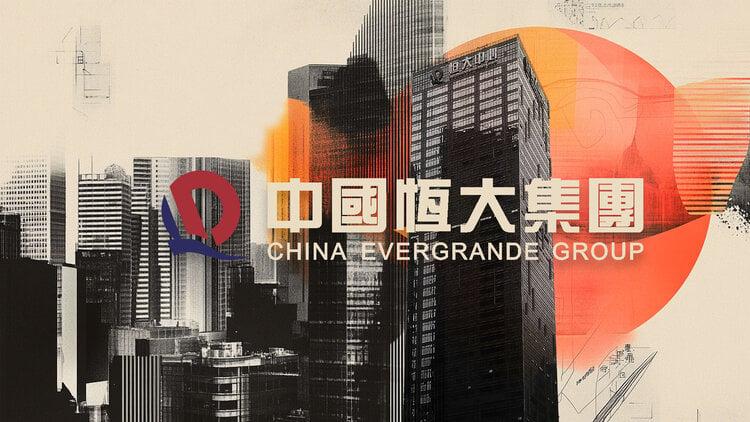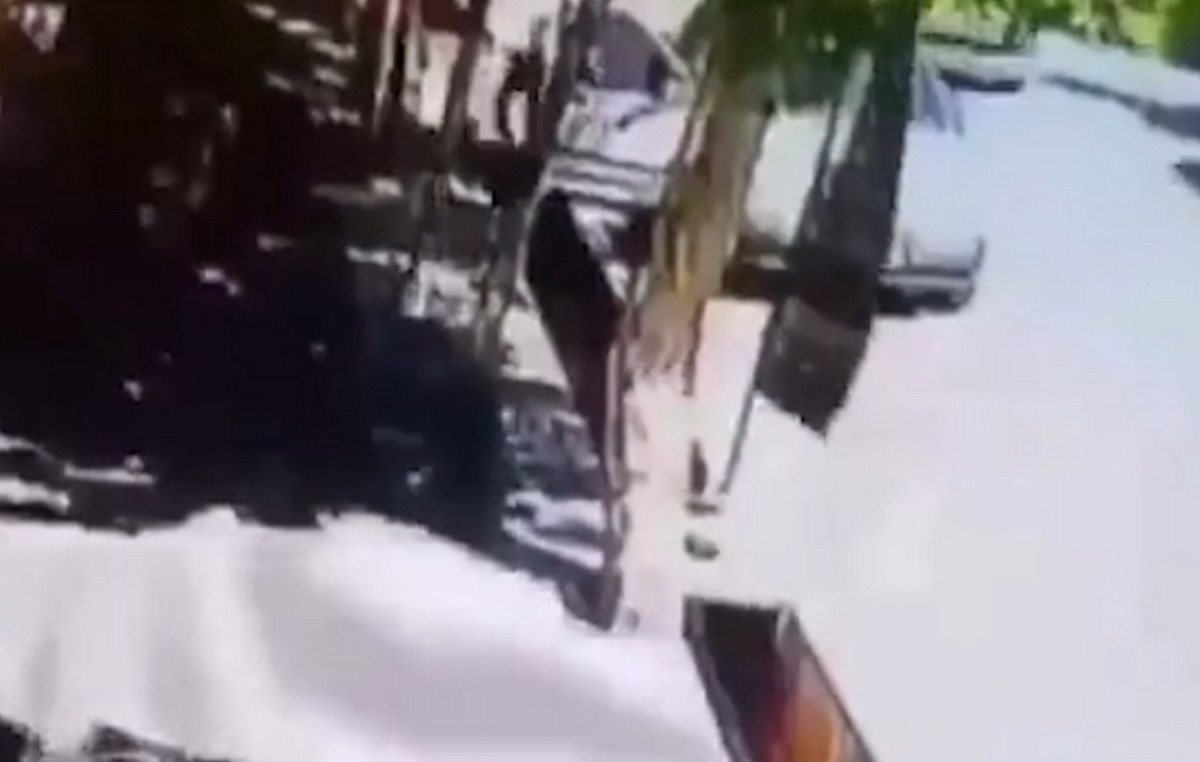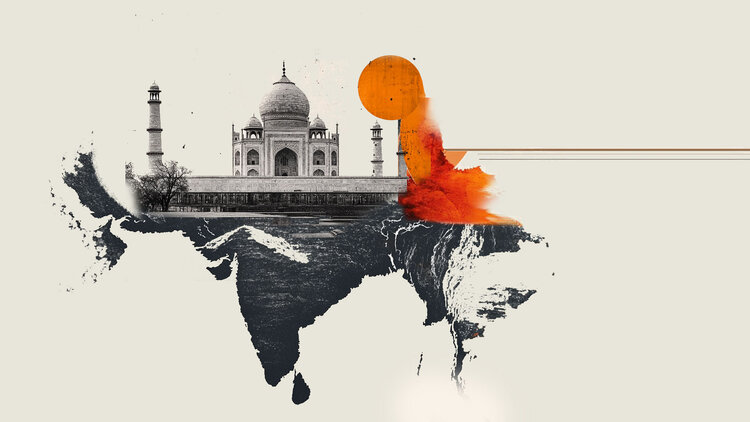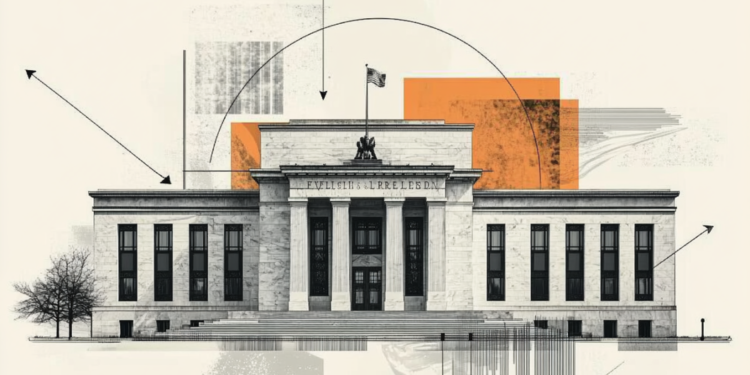I’m starting this conversation by saying that I thought it prudent to bring the topic up to October, so that we don’t fall into the cliché of talking about sparkling wines only at the end of the year, when the celebrations . Yes, bubbles are more democratic than we dare to imagine, and they deserve to be in our cup all year round.
The numbers bring some optimism, since the sales of sparkling wines have been growing in recent years . If we consider the sale of the beverage produced in Rio Grande do Sul, the year 2021 had an increase of almost 40% compared to 2020, according to Uvibra, União Brasileira de Vitivinicultura. And, not to attribute this growth only to the pandemic, in a comparison with 2017 – considered a good year by Uvibra – the increase was 74%.
Still, its consumption is more concentrated in the festive months, and the reason for this goes back a few centuries in history.
drinking stars
The discovery of sparkling wine is commonly attributed to the Dom Pérignon , a Benedictine monk and wine scholar from the Reims region of northeastern France. The feat would have been a fluke: the wines often had a natural effervescence, which was considered a defect. While carrying out experiments to get around what appeared to be a problem, Pérignon would have tasted one of these wines and been delighted with what he discovered. Legend has it that it was there that he released the iconic phrase: “I’m drinking stars.”
True or not, “pop” was for a long time restricted to the delicious sound of the cork popping, since the drink was not popular at all. O champagne it was considered a drink of prestige and luxury, constantly used in celebrations in the sumptuous palaces of French royalty.
Bubbles for all tastes and pockets
The years and new vinification and bottling techniques have allowed Champagne not only to be distributed but also reproduced throughout the world. Here it is worth remembering that “Champagne” is a Controlled Denomination of Origin and can only be attributed to sparkling wines produced in the homonymous province of France. In other regions they should be called “sparkling” only.
The market did not take long to diversify styles to meet the growing demand. The traditional French crafting method, also known as Champenoise, began to divide the scene with new processes such as Charmat. In the first, the second fermentation takes place inside the bottle; in the second, in stainless steel tanks, which lowers the cost of production.
More accessible, more consumers began to enjoy the bubbles of sparkling wines. In addition to cost diversification, the varied levels of sugar that result from winemaking – classified as nature, extra-brut, brut, dry, semi-dry and sweet – ended up democratizing the drink.
the face of Brazil

If we are talking about a light, fresh and versatile drink, we are talking about a perfect combination for the cultural – and gastronomic – plurality of Brazil. Added to this is the growing quality of the sparkling wines produced here. According to Uvibra, in 2021, 303 of the 414 medals obtained by Brazilian wines went to sparkling wines.
A lot of development has been done in the sector and new things keep coming. A good example is sparkling wine Chandon’s Enchanted Mist that mixes different methods of elaboration. It is a curious wine, which changes its aromatic profile if exposed to light and arrives in the glass more or less cloudy depending on the inclination of the bottle while the drink is served, since it does not undergo filtration by the yeasts.
The uniqueness of the recently launched product is another big step towards attracting more oenophiles and, who knows, positioning the sparkling wine very soon as a national preference.
About Pri Matta
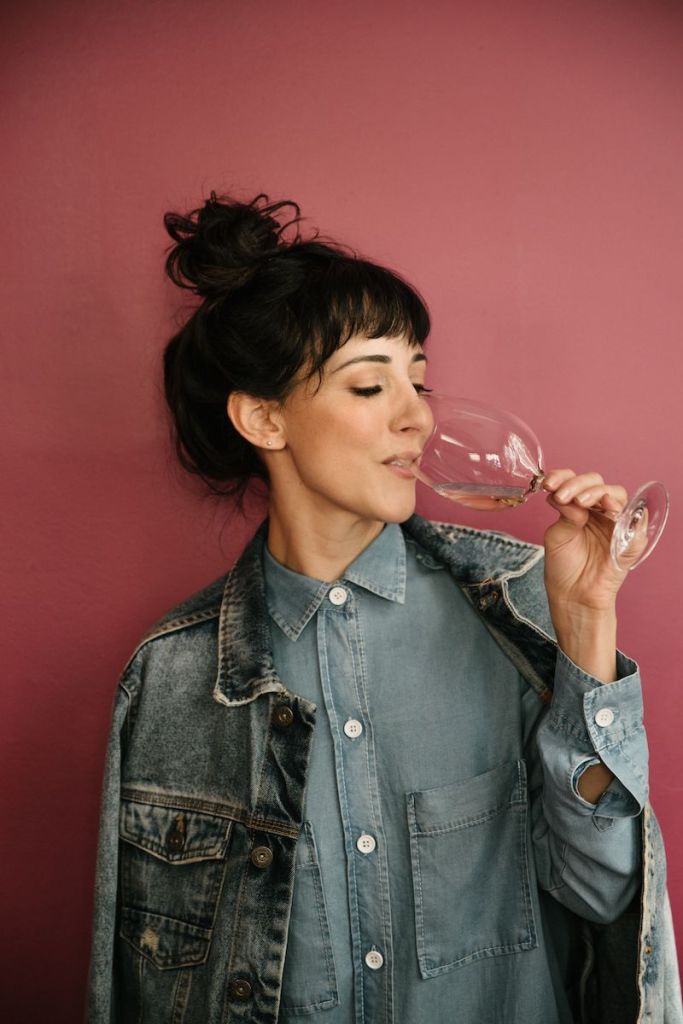
Priscilla is a journalist, sommelière and creator of the profile @deondevinho on Instagram. She makes it clear that she doesn’t talk about wines there, but about moments. It’s just that wine is in everyone!
Source: CNN Brasil
Bruce Belcher is a seasoned author with over 5 years of experience in world news. He writes for online news websites and provides in-depth analysis on the world stock market. Bruce is known for his insightful perspectives and commitment to keeping the public informed.

